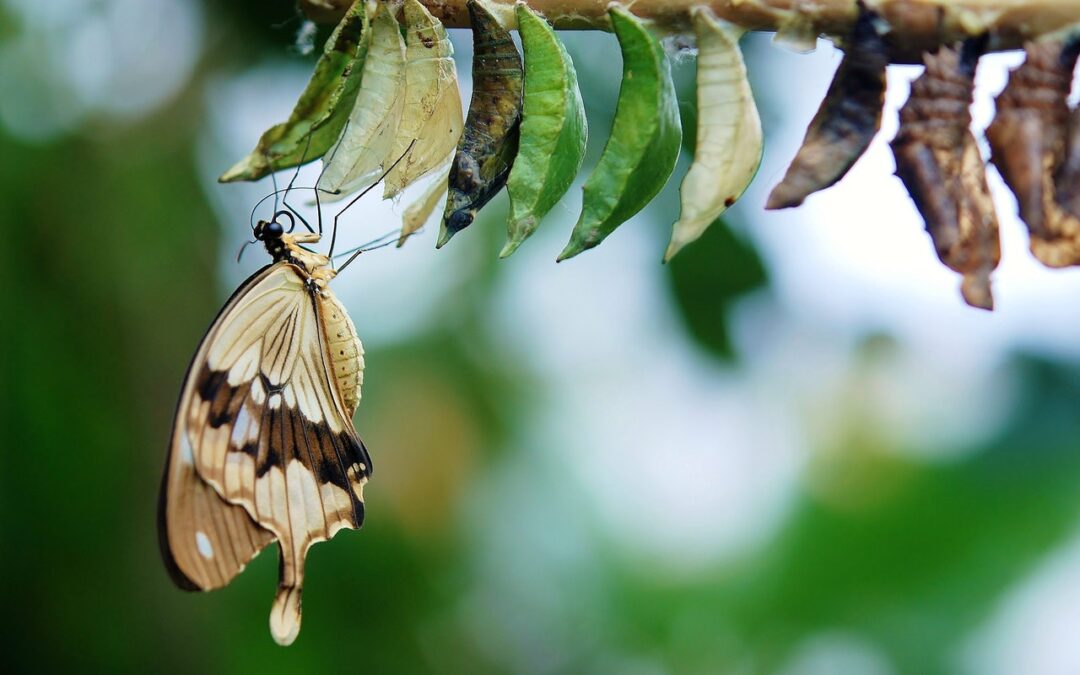
The Positive Side of Grief
I recently saw a quote on social media that caught my eye.
“Maybe you’re not healing because you’re trying to be who you were before the trauma. That person doesn’t exist anymore, cause there’s a ‘new you’ trying to be born. Breathe life into that person.”
I don’t know who wrote it, but it made me stop and think about my journey as a bereaved parent. And I think it’s a good analogy for what so many bereaved parents struggle with in the aftermath of losing a child.
After my daughter’s death, my feelings of utter devastation were not just a result of losing my only daughter. It was also a reaction to becoming a completely different person. A person I didn’t recognize anymore.
I was 35 when my daughter, Margareta, died suddenly at the age of four. In those 35 years, I had developed a clear identity and a good understanding of my personality traits. I was a working mom and wife, juggling family life with my career. I had a predictable set of activities and routines. And while I would describe my underlying personality as shy and introverted, I had a circle of good friends.
Since childhood, I’ve been an emotionally sensitive and anxiety-driven person. Over those 35 years, I developed a mental toolbox and playbook for dealing with frustrating or difficult situations and emotions. That is not to say they were all healthy tools, but they did what I needed them to do. They kept my emotions in check and reduced the severity of my daily anxiety.
I had myself pretty much figured out. And then my daughter died and everything I thought I knew about myself was obliterated.
Before Margareta’s death I was a very patient person and great at remembering all the little details of life and work. After her death, my patience was nonexistent, and I could barely remember to eat or do basic things like brushing my teeth. Worst of all, while I prided myself in being a calm, composed person, I had become completely unable to contain any of my raging emotions. Whatever I was feeling was what I was outwardly projecting. All the tools I had developed to regulate my emotions and anxiety had become completely ineffective.
In the days, weeks and months after her death my emotions were all over the place and highly unpredictable. One moment I’d be sobbing with despair; the next I was completely numb and seemingly watching life go by without interacting with it. Sometimes I was engulfed in anger at things I normally didn’t care about. Other times I was overcome with intense fear, scared that I couldn’t survive in a world without my daughter—even with my husband and three sons by my side.
I didn’t recognize or understand the person I had become, and desperately wanted everything to go back to the way it was before.
Trying to get back to being the person I was before my daughter’s death was a losing cause and intensified the immense trauma I was experiencing.
I understood I had lost a future with my daughter in it. That fact was out of my control. But I fully believed that the ability to go back to being my former self was an attainable goal. My former self would surely be able to contain and control these constant, overwhelming feelings of anguish, despair, and hopelessness. My former self would be supported by my family and circle of friends; the people I now felt completely alienated and isolated from—even though I was the one pushing them away.
So, I decided to search out as much external support as I could. I attended multiple support groups and individual therapy. I searched the internet for any tidbit of information that could help me figure out what to do and read book after book on bereavement and healing. This went on for years.
All of this did, in fact, help me better control my outward emotions while at work and in public. But those feelings still raged inside of me. It had been over three years since Margareta’s death, and I didn’t seem to be getting any closer to who I used to be. And it was incredibly frustrating and disappointing.
In realizing I wasn’t getting any closer to getting back to my “old self,” something unexpected happened.
First, I came to terms that the ways I had been getting support were no longer as helpful as they had been. While they had been an invaluable lifeline in those first few years after Margareta’s death, I had begun to get fatigued from continually hearing newly bereaved parents describe their bitter anguish month after month. I started to realize that it was keeping me anchored to the tragedy of her death, rather than the love and joy Margareta had brought into my life. So, I decided to cut back my attendance at the various support groups I had been going to.
Second, I decided to change my approach to healing by doing something I loved: writing. I wanted to focus on writing about the joy Margareta brought me by documenting all my favorite memories. In doing so, I began to feel a change in myself. But this time it was a positive, welcome change.
Unfortunately, documenting my memories of the four short years she was with us was a limited activity. Afterwards, I began to write about my experience with grief. I wrote about how I was feeling, what I struggled with, and what I felt I had learned from my journey of grief. Surprisingly, in addition to helping me work through my feelings, it began to resonate with other bereaved parents who happened to find my blog.
Writing about my feelings and knowing that it was also helping others on their journeys became my greatest source of healing. And it began to breathe life into the “new me” that was waiting to emerge.
No longer hyper-focused on getting back to the person who could eliminate all those negative emotions, the “new me” was more willing to learn from them instead. The person I was becoming saw the value of embracing the change inside myself in hopes that it could ease my continued anguish. And it did. Slowly but surely.
Many years later, I am still discovering the “new me.” That is because the new me is continually evolving. I continue to discover the opportunities for personal growth that stem from the various obstacles thrown my way. I am a work in progress and always will be.
Letting go of the person I was before my daughter died has been the single biggest source of healing my grief.
I will always regret that I cannot watch Margareta grow into a beautiful woman. But I can instead watch my own growth and development—knowing that is inspired the gratitude I have for those four wonderful years and the love from her and for her that will forever exist inside me.

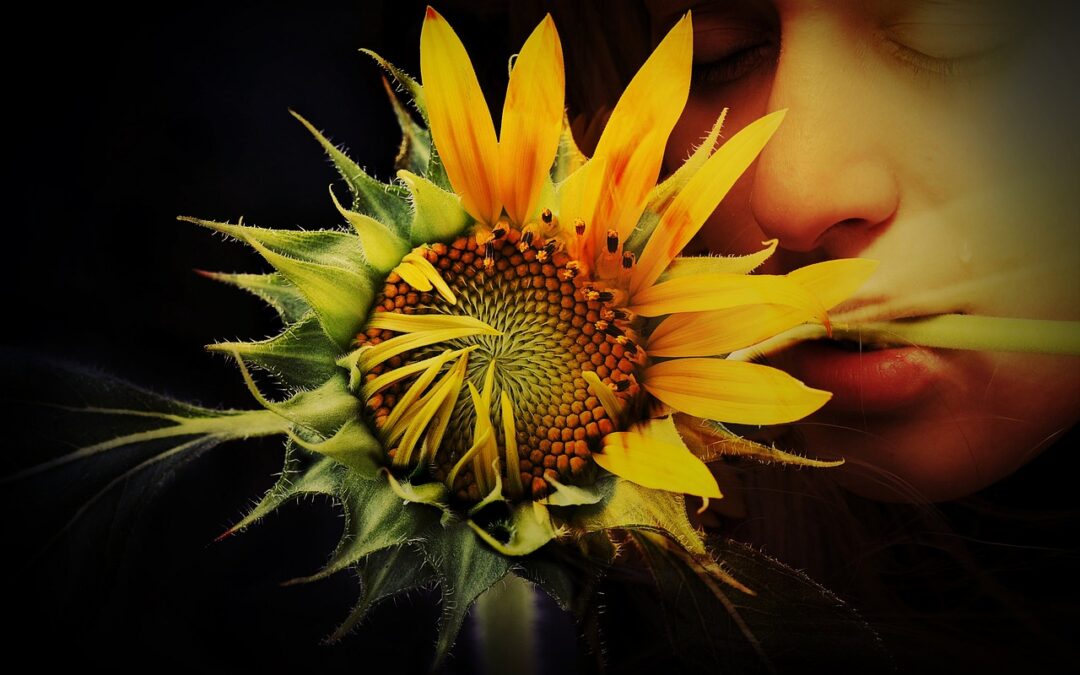
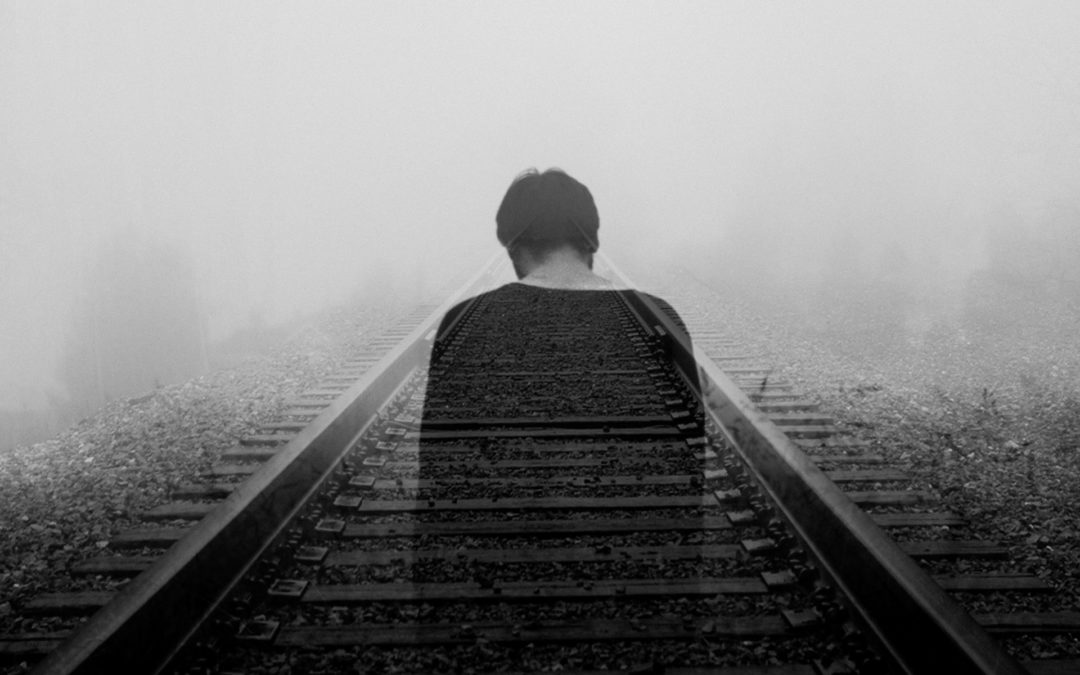
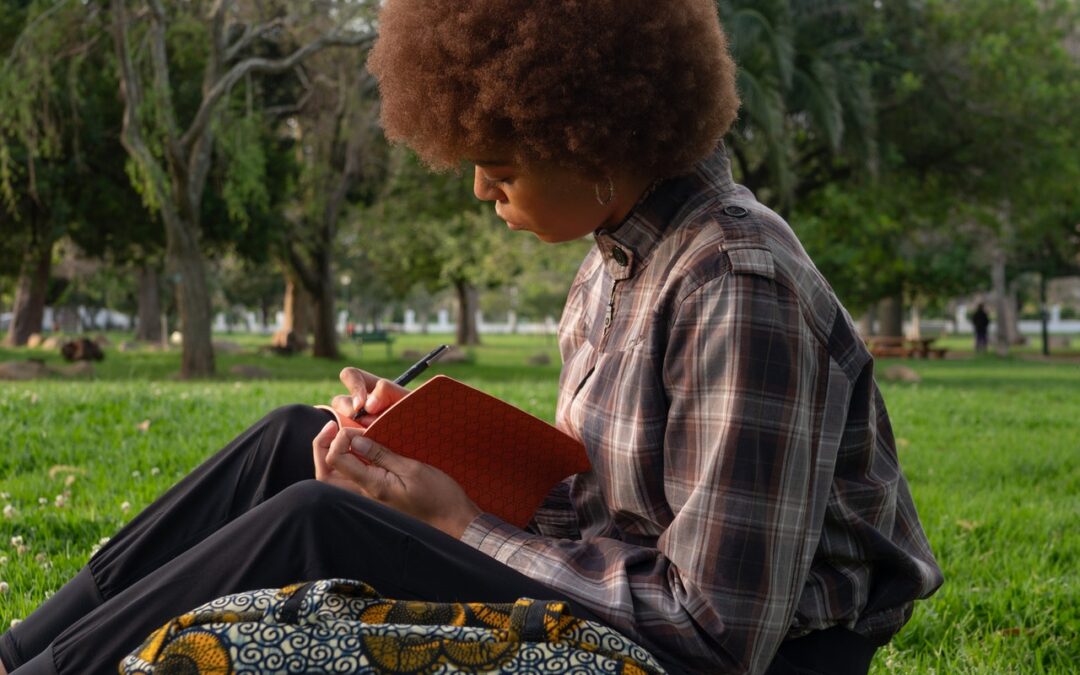

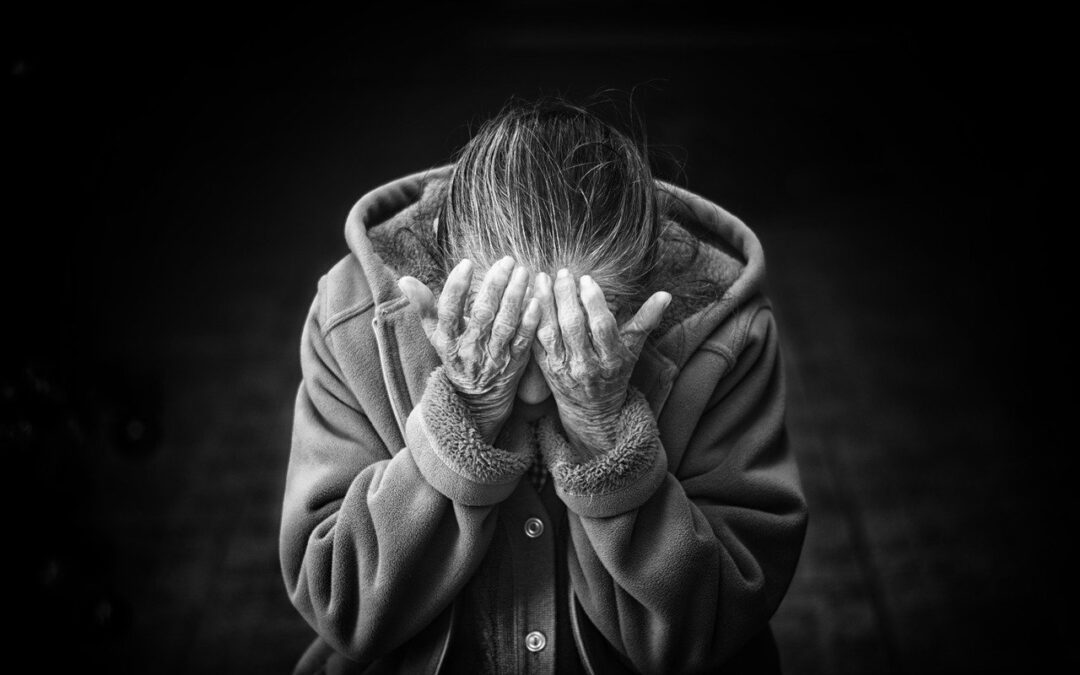
 This website was inspired by the memory of Margareta Sol Kubitz in hopes of helping others work through the pain of grief.
This website was inspired by the memory of Margareta Sol Kubitz in hopes of helping others work through the pain of grief.